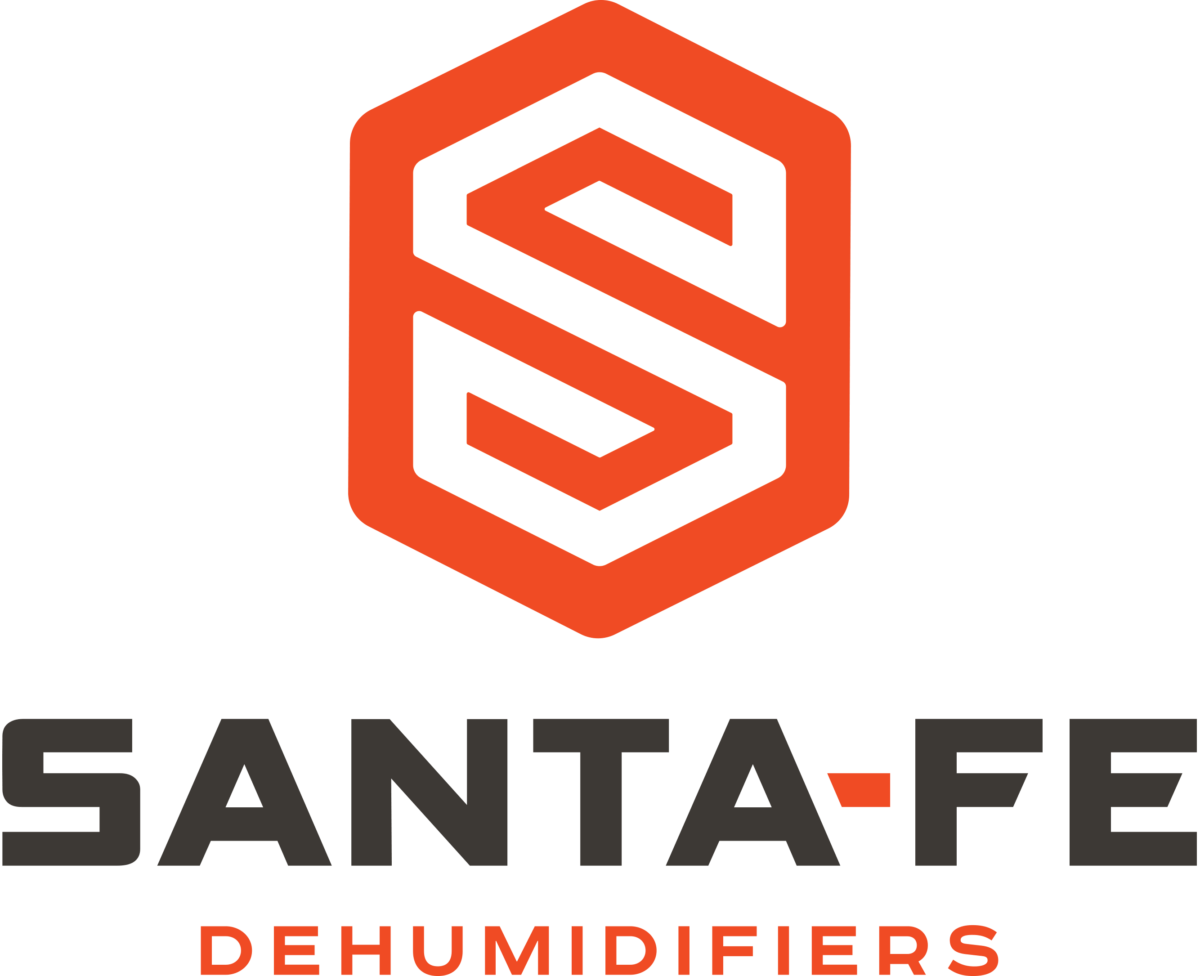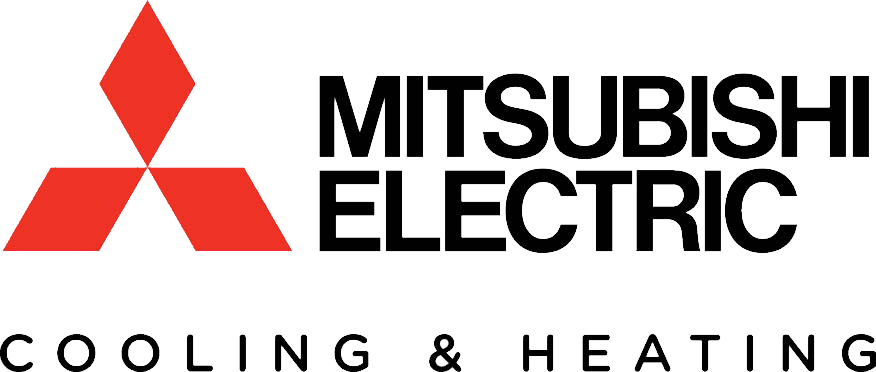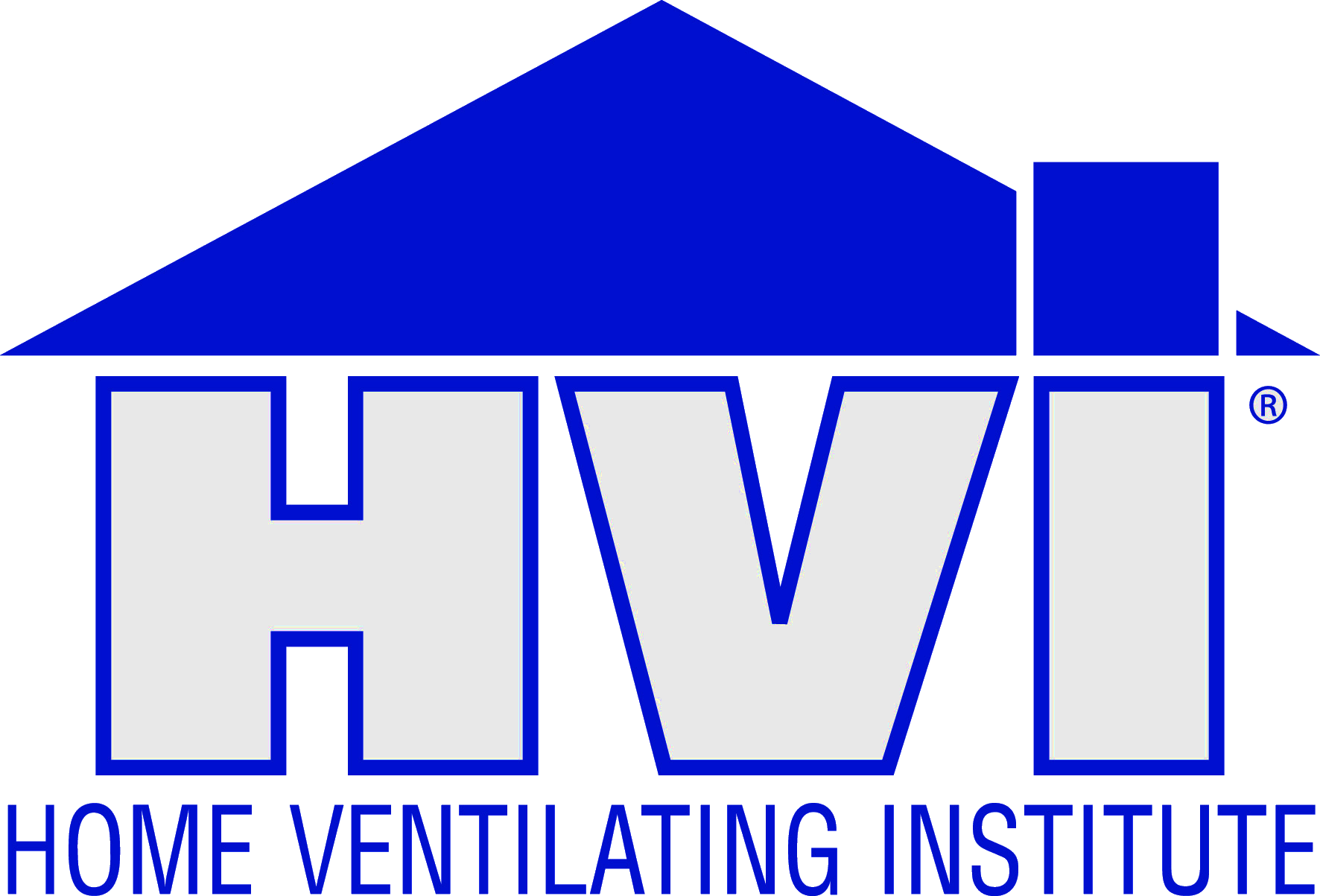Ep212: Universe's Battery
Episode 212: Universe’s Battery
The sun’s rays cause chemical reactions in our yards, on the faces of our homes, and even indoors. Learn more about calculating and optimizing the cooling load for any home, and investigate passive solar science, low e films, and ozone in the home, along with a permaculture plan for their property in general.
Featuring photochemistry researchers Tara Kahan and Shan Zhao, atmospheric chemist Delphine Farmer, and permaculture experts Brandy Hall and Rebecca Baxter from Shades of Green Permaculture in Atlanta. Products featured include Thermostat radiant barrier sheathing, infrared cameras from TruTech Tools, Cor-a-vent rain screen battens, and Thermory thermally-modified wood.
DIVE DEEPER WITH THESE RESOURCES:
TRANSCRIPT:
Coming up on Home Diagnosis...
Let's go where the sun shines the hardest.
We need to look at the chemical reactions holistically.
We're in Death Valley.
Let's talk a bit more about infrared thermal photography.
Light can come in through windows or from lamps, and it can make chemistry happen.
Home Diagnosis is made possible by support from the Alfred P. Sloan Foundation,
by Fantech, 'Breathe easy,'
by Broan-NuTone, 'Come home to fresh air,'
by Aprilaire, 'Everyone deserves healthy air,'
by AirCycler, Retrotec, and Santa Fe Dehumidifiers,
by generous support from these underwriters
and by viewers like you.
We're nearing the end of our journey through the fundamental physics, chemistry and microbiology of homes on this season of Home Diagnosis, and there's still the looming shadow of one thing we haven't studied.
The shadow of the Sun, our universal battery.
'Feeling the sun on your face, soaking up the sun, silver linings on clouds'-
Most of the ways we talk about the Sun are happy, and for sure, sunshine is a wonderful thing. Where would we be without it?
But sunshine isn't just nice. As we all know from watching other science shows, the Sun is an enormous nuclear explosion that's billions of years old.
Its power is not just life giving. It also affects the science of homes in a bunch of ways. So let's illuminate them.
They say home is where the heart is.
And we certainly put our heart into building our first house. So how hard could it be to build another one?
I'm Grace.
And I'm Corbett.
In our TinyLab, we helped homeowners gain control of their homes through scientific testing. Now, as we build our forever home, we're testing ourselves.
Even though we know a few things about the invisible dynamics of homes, we're teaming up with scientists and building experts to design and build a perfectly tuned home for our family.
The physics, chemistry and microbiology of a home might seem mysterious, but it doesn't need to be.
While this is a personal story full of twists and turns...
It's also the story of the science of homes.
Join us to unlock the mysterious science of your home, too.
A Home Diagnosis episode all about the Sun- I get it. We're talking about solar panels, right? Wrong.
The only thing we'll point out here about solar panels is that we had them for the TinyLab and to get the full efficiency from them, Corbett would have to turn them three times a day for morning, midday and afternoon sun.
And we don't actually have them hooked up at all anymore because the way the battery bank, charge controller, and connection to the grid actually works is way more complex than it seems in the commercials. And it just wasn't right for our new build.
Not to say that solar energy systems are bad. There's just so much more to talk about.
I mean, sunlight can warm your home nicely, but it can also overheat it. It dries stuff that's wet, but it'll crack soft things apart and accelerate the aging process.
Like everything else, we need to tune our interaction with it.
Let's start with the TinyLab itself. When we were on the Proof Is Possible Tour across the country, we parked our house in a ton of places, and the sun shone differently in each place.
What direction should we point the house? Should it be out in the open or in the shade if we had a choice?
We modeled the cooling load with the house pointing in the worst possible orientation, so we were sure the A/C could cool it in all cases, but we always parked it in the best orientation- nose pointing West- when we had the chance.
Hey, guys, from the Proof Is Possible Tour- Grace, Nanette, Corbett. We're in Death Valley.
Hottest place in the world, lowest place on the continent. Pretty weird.
100 degrees out here and what we're walking on resembles, in almost every way, old snow. When it's about April and it's disgusting and it's all dirty.
But right now it's way too hot for that. So actually, our bodies are the coolest thing here. If you look at everything under infrared, we're the coldest thing out here- the ground is about 120 degrees.
The TinyLab has been exposed to every single climate zone in the entire country at this point because we're dragging it across the country on the Proof Is Possible Tour.
But you always have to design a house to live in one particular place because of HVAC design. And to be able to design the insulation- not too much, not too little.
All that stuff is very important. So here we are in Death Valley. Hottest place in the entire world.
How comfortable is this house? How is this house performing?
Inside, we have 77 degrees, a whole 20 degrees cooler, and you can see here how hard our insulation is working inside the wall.
On the backside of the insulation it is 110 Degrees. Which means that the insulation is doing its job.
It is a branch of chemistry that studies photochemical reactions. As you can tell from the name, there's a key component to it, which is photons- light. And specifically, ultraviolet light.
Photochemistry is happening everywhere in our life. Photosynthesis of CO2- plants turn it into hydrocarbons.
And there's also the formation of vitamin D with sunlight. Our vision is also initiated by photo reactions of light sensitive proteins in our retina.
So it's everywhere. Outdoors versus indoors: let's talk about it from the perspective of photochemistry.
Outdoors, the sun cleans the atmosphere by making radicals. So it can rip apart things that are already in the air, to make these really reactive species that we call radicals, that like to react with all sorts of different things.
And the one that we think about the most is the hydroxyl radical, which we sometimes call the 'scrubber of the atmosphere'.
After the hydroxyl radical reacts with things like VOCs, it makes them more water soluble, so they're more likely to get into water droplets or aerosols and get washed out.
So that's how the hydroxyl radical that's formed through sunlight cleans the atmosphere.
Indoors, if you have sunlight, you'll get some of the same chemistry happening.
And you'll get hydroxyl radicals. And they will react with VOCs. But then things stop, so you don't get anything washed out.
So the chemistry that outdoors is good and cleaning, indoors is probably bad.
We've already discussed, in this season of Home Diagnosis, cooling load calculations.
Which is the design that you do before you install your heating and cooling equipment, so you know exactly how big it's supposed to be.
But the other thing is that there's a 'block' load and a 'room by room' load.
They're different and you need to know which one you are buying if you have somebody do this for you.
For the TinyLab, it was very easy to do a block load. If you have a small house, a block load works.
Otherwise, if you've got multiple rooms in your home, you should definitely do a room by room calculation because rooms have different positions and different windows and different dynamics.
It's the sunlight that drives a lot of the chemical reactions happening in our atmosphere that affect air quality.
So we used to assume that it's not going to happen indoors because there's there's not that high-energy sunlight available indoors.
However, recent studies really show that there is. It really depends on the window, the orientation of the house, and how big it is and what time it is as well.
There are a couple of things that you can do to tune the windows' relationship with the Sun on a home. First thing is where the windows are- if you can evenly distribute windows around the house, it always helps.
Because having a giant window wall where you happen to have a nice view can be disastrous.
If the sun rises or sets in that part of the house, it's going to really spike how much cooling you need in that particular room at that time of day.
We also hear people toss around another idea: passive solar design. It means letting the sun's rays warm your home in winter.
We discussed thermal mass, or heat capacity, already this season. But this passive solar thing gets confusing too often, so let's dig a little deeper.
The Sun shines on a building. The one that we built here is made of wood, which doesn't have much thermal mass. So when the sun stops shining on it and the night turns cool, it gives up its heat fairly quickly.
If you are going to try to use effective passive solar design, not only would you have a bank of South facing windows to catch the Sun, you'd have to have something heavy, with a big heat capacity to store the Sun's warmth for later.
We're talking about concrete or stone or brick, which will all radiate their heat over the many hours of nighttime when it's a little cooler.
Comfort is a simple equation: if the heat added around you equals the heat taken away, you're comfortable.
The trick is minimizing the impacts of the swings in weather and sunshine, so your indoor environment is as consistent as you want it to be.
We've already talked about the rain screen, which is also called a ventilation gap, behind the siding on this house and on the TinyLab. But we have the same feature on the roofs of both of these houses.
That gap between the roof itself and the layers underneath it is important not just for evaporating the moisture that might get back behind there, but also it serves as another buffer space- because air is a pretty good insulator- against the heat of the sun.
Attics with dark colored roofs can often get up to 130 degrees or hotter. So think about that when you're putting your air conditioning equipment up there.
Because our family used the slow and steady strategy for building this house, each stage took longer than it would for an experienced builder.
And one thing that caused me particular anxiety was the recommended UV exposure for our building materials, especially the weather barrier for the roof.
The membrane we installed there for both water and air tightness is tested to last four months in the sun. And when it's your first house you've ever built and your crew is tiny, four months flies by.
It's not hard to imagine all kinds of reasons even a fast paced home build might be put on hold for a while: budget problems, labor shortage, sickness and so on.
And this is another reason why building redundancy into a home's systems is so important. The rain screen and roof make up for whatever damage the sun did to this layer while it was exposed.
Since we're on the topic of the sun, attic ventilation is a big thing that we should be talking about.
You might think attic ventilation is there to remove the heat, but it's actually there to remove moisture.
Solar powered attic fans are probably not the answer for you. In theory, your attic could be a million degrees, and it shouldn't matter as long as we've got the attic floor air sealed and insulated away from the living space below.
So to understand how this radiant barrier works, we're going to use an infrared camera. But first, just to look at it, you can tell it's kind of special. It's mirrored. It actually was developed by NASA, which is neat.
It's a space blanket. Heat flows in three ways: conduction, convection, radiation. It only blocks radiation.
So if you've got radiation- which comes from the sun- and you want to stop it, radiant barrier does a great job of that.
What you want is to have an air gap between it and the space that you're trying to protect. So we can see here that the Sun is shining this way, so it's definitely shining on the roof right here.
So if we take a look up here, we can see that there are stickers on the roof.
And if I use my infrared camera, what I can see is even though common sense tells me that those stickers and that OSB paneling are the same temperature because they're touching each other, when you look through infrared, you can see that the stickers are showing up much hotter than the surface that they're adhered to.
And that is the magic formula of the radiant barrier. So it is not able to radiate the heat that it absorbs from the back side of it, which is coming through that wood paneling.
When it hits the radiant barrier, it just stays there, which is the same thing that happens when you get into an old car. And everything in it is very hot because the Sun has been beating in there for so long.
But the hottest thing in the entire car is that bare seat belt buckle. As soon as you touch that, because it wasn't able to radiate its heat out, it sends all of the heat that it's been storing over the last several hours right into your hand all at once.
And that is what's going on here. We're just not allowing this stuff to transmit into the space.
Now, should we be putting stickers on this stuff? Probably not. I've tried to take these off and they don't come off very easily.
It's OK- again, it's a system, so you've just got to remember the enclosure is made of layers and layers and layers.
The other thing to add about radiant barriers, by the way, is that they don't work in all climates.
So if you are south of the middle of the United States, then it might be a good idea. If you're in the northern half, please disregard the radiant barrier conversation. It will not be a good payoff for you.
Let's talk a bit more about infrared thermal photography, because it has a lot to do with the Sun.
This tool reads radiant heat, which is what the Sun gives us.
And you have to understand it's not an X-ray. It does not see into things.
But using it on the skin of a house, especially from the inside, can be very useful. We generally don't use it on the outside because of the Sun.
Also, interestingly, you can use this tool any day of the year, even if it's 70 degrees outside and 70 degrees inside. Because also, the Sun is going to induce temperature differentials between outside and inside, especially when the roof is in play.
And so what these pretty colors are telling you is the emitted, transmitted and reflected heat of the solid stuff that I'm looking at.
Emitted means that I have to understand something about the materials that I'm looking at- so if I'm looking at drywall versus metal.
Some materials don't like to emit heat, and so you'd want to know that before you take a picture of it, or try to say something is true.
Transmitted means I have to know where the Sun is at all times.
Because if I'm looking at an image that doesn't make any sense from the other side of the house, and I didn't remember that the Sun was beating down on only one side of the house for the last hour, then I get myself in trouble. This can be a dangerous tool.
Reflected means that when I'm using this tool, I want to always be moving side to side so that I eliminate the possibility that I see something and say, 'Oh, that's really meaningful,' when it was actually just a reflection.
You'd be amazed how reflective even really rough things are.
So when you're using this on the skin of the house, you're looking for air leakage, especially if the blower door is running. Looking for insulation discontinuities, which is what this could be, or moisture problems, which is also what this could be, because that is the roof.
So before you start making decisions on surgery for the house, you want to double check with another instrument just to make sure.
Not a roof leak. Corners always look like this- this purple color that you can see on the line where the wall meets the ceiling- that's OK, don't worry about it.
What I'm looking at is not the colors at all. I'm looking at the numbers over here because this is science.
This tool is going to try and show me pretty, pretty colors all the time, and that's not necessarily that meaningful.
So when you pick up one of these tools, which normal people can get a hold of one of these nowadays, you just want to understand a bit about the science fundamentals before you start trying to make decisions with it.
Happy testing.
Some people are under the impression that photo chemistry is bad. It's not necessarily a bad thing. It can help decompose stuff, clean stuff.
It can also break things down. For example, the photo degradation of dye, paint, fabric. We got sunburn, wrinkles.
Those are all chemical reactions that are happening around us.
The metal roof of the TinyLab is fastened down with screws. Each screw hole is a possible water leak, so we use these little rubber washers to seal them.
But the Sun eats away at these squishy rubber gaskets. So after a few years, you have to replace all of these.
We solved that on the big house by using what's called a 'standing seam' roof, which uses hidden fasteners. And these are hidden from both the rain and the sun.
Notice also that neither of these roofs is black, so they don't get super hot. The lighter, the better.
What about more shade? Wouldn't that be the solution? You can go too far here, too.
Remember Matt's house from season one in the middle of the woods- nothing ever got enough sun to dry out, so they had problems with moisture instead.
Moderation is the answer, as always. As long as you understand the basic dynamics and what you can tweak.
As far as drying goes, the Sun has proven pretty handy for laundry since the invention of clothes.
Everyone on Earth has dried them in the sun and most still do today. But modern clothes drying machines can do it faster.
And if there's one thing you need to know, it's that the new heat pump dryers are the only kind that don't suck air out of your home, causing air leakage, or add unwanted humidity to your home.
So much better for home performance, and they cost exactly the same as the older types. We prefer this technology for any laundry room.
In most cities and conditions in the United States, it's quite clean outdoors, and most of the time it's indoor air that has much higher levels of organics, VOCs and particulate matter, depending on what you're doing. Whether it's cooking, cleaning, you know, what type of devices you're using.
That would be a great idea, if you could pick and choose what molecules can exist in your home, that would be a fantastic idea.
Unfortunately, I don't think we've got the ability or the technology to pick and choose what's there. There are things that are going to exist in every indoor environment.
It's a matter of how we are going to live with it and be aware under what conditions we're OK and under what conditions we should be cautious.
If you're interested in using sunlight to clean, there's some really interesting chemistry there.
If you clean with a pine based cleaner, those are actually quite effective in terms of cleaning a floor, and they're really common.
But they also release a very strong scent- that volatile organic compound, that's a type of molecule: alpha pinene, beta pinene, monoterpenes, and they're quite reactive.
And if you then open your window and you let some sunlight in and you bring in those ozone molecules, they will react with that beautiful smelling, volatile organic compound and they will create a whole cascade of molecules and other reaction products.
And those products often are low enough in vapor pressure- they have enough oxygen atoms attached to them- that they're going to condense. So they form the little particles that you are then going to breathe.
So in a twist of fate, in the act of cleaning and then opening your windows, you may actually be creating these particles that are actually quite toxic and that you in general don't want to be breathing.
Disinfecting surfaces and air is something we think a lot about, especially, you know, in schools where we have our children, we want them to be safe and healthy.
And so we want to get rid of, you know, viruses and bacteria that might be floating around.
The UV disinfectant units that are sold for personal use, I would not use.
So when you buy an air filter, right, that's a HEPA filter with UV, you're probably just making more chemistry happen.
The HEPA filter is wonderful. That's great to use. Anything added on to it probably is not a good idea, especially UV.
You're going to be making more chemistry happen. More accidents, more bad things.
Same thing- I've seen UV wands that you can use to disinfect your keys or door handles and stuff. Same thing.
These aren't regulated. These aren't tested. You don't want to just be making chemistry happen willy nilly wherever you are.
The wood surfaces on our house are all the same, thermally modified solid wood, which basically means it's cooked. They do it a lot faster at the factory than the Sun does it.
It means that it changes the cellular structure of the wood so that they're a lot more resistant both to moisture damage and to the life forms that the Sun makes so abundant around here.
Now, the Sun also is going to gray this. It'll turn from this nice golden color to a silvery gray over time, which we actually think is pretty beautiful.
Which is why we opted for most of the siding on the house to come tinted that same gray. So that in 30 years, this wall will look exactly the same as it does today.
You may already know this about me. I have a love affair with plants.
I appreciate their beauty, the way they feed my family, flavor my food and actively clean the limited air we have on this beautiful habitat we call Earth.
And here on the floor is the wood we are using for special projects in the house- windowsills, railings and fun furniture projects.
It's a pecan tree from my childhood home that was close to 100 years old when it died, and we milled the wood.
And it is very dry, but we specifically kiln dried this wood so we can use it.
Leaving it out in the sun would have dried it too, but it would also have cracked and warped the wood because the sun is just that powerful.
Just like these beautiful baby plants that have been nurtured and kept warm by the Sun in our solar workshop, despite freezing temps this spring. This helps me get a jumpstart on my garden.
But if I take these outside for too long one of these gorgeous spring days, the Sun will toast them like a bad sunburn on a snowy mountain.
But if I don't give them a little exposure before moving them out to the garden, they'll be lucky to survive the transplant.
The Sun giveth life and taketh away. You have to protect things from the sun- like beautiful wood, baby plants, your skin and your home.
You've watched us design and build this home as a system, with a scientific approach.
Now let's go where the sun shines the hardest, and examine our land as a scientific system, with an approach called 'permaculture.'
When we first moved here, we hired 37 goats to eat their way through the overgrowth for six weeks.
And now it's time to put a plan together.
Permaculture is a design science that's informed by the ethics of natural systems.
We're looking to the systems around us, the ecological systems, and mimic our designs after those.
So that we can meet our human needs for open space and shelter and all of these things that we do when we develop land, but meet it in a way that also bolsters the ecological health of the site.
There's a very common practice in building, which is round all the water into a retention tank underground.
It's buried, it's filled with gravel and then overflow it wherever it's going. Capture the roof water.
And it's not... it's better, I would say, than sending it straight into the storm water system.
But it's still fundamentally treating water as a nuisance, and I think that that is ultimately the issue.
So the building convention dictates, OK, let's take water, let's just get it away as quickly as possible.
But I think that there's a higher use for that water, which is, you know, sending it where it's useful in the landscape, and utilizing it, and creating plantings and spaces that are then drought resistant because they've built the capacity to hold and store water over time.
As opposed to send it away and then import it from Lake Lanier and pay for irrigation. It's dumb. Paying for irrigation is dumb.
So science doesn't have to mean there's no beauty involved or that esthetics are not a priority.
You know, especially when you're talking about mimicking natural systems.
Oftentimes in fields of wildflower, you'll find a lot of yellow plants and purple plants together, which anybody who's done color theory knows are complementary on the color wheel.
And that's because it's attractive and it draws in pollinators. So right there, there's a cue that we can take from nature and science and use and design.
I think the beauty of permaculture systems, you're really building a legacy garden in a lot of ways.
Something that's going to outlive you because it's based on succession and natural systems.
Permaculture plans take years because it's about observation, trial and observation, and we're here forever. So we've got the time.
If you're going to even try to tune a home's performance, you need to respect the Sun. A lot of its effects can be easily predicted as long as you pay attention.
We've now toured the fundamentals of the science of homes over this season of Home Diagnosis, and we have one final tour we'd really like to give you.
In our next and final episode this season, we'll show you all the testing that'll prove whether our new home's performance is worth all the science we've put into it. See you next time.
OK, as we just brought our cats into the house for the first time. These guys have lived in 200 square feet for five years. They haven't left that house.
He hasn't even gone out of the hall.
Home Diagnosis is made possible by support from the Alfred P. Sloan Foundation,
by Fantech, 'Breathe easy,'
by Broan-NuTone, 'Come home to fresh air,'
by Aprilaire, 'Everyone deserves healthy air,'
by AirCycler, Retrotec, and Santa Fe Dehumidifiers,
by generous support from these underwriters
and by viewers like you.

















